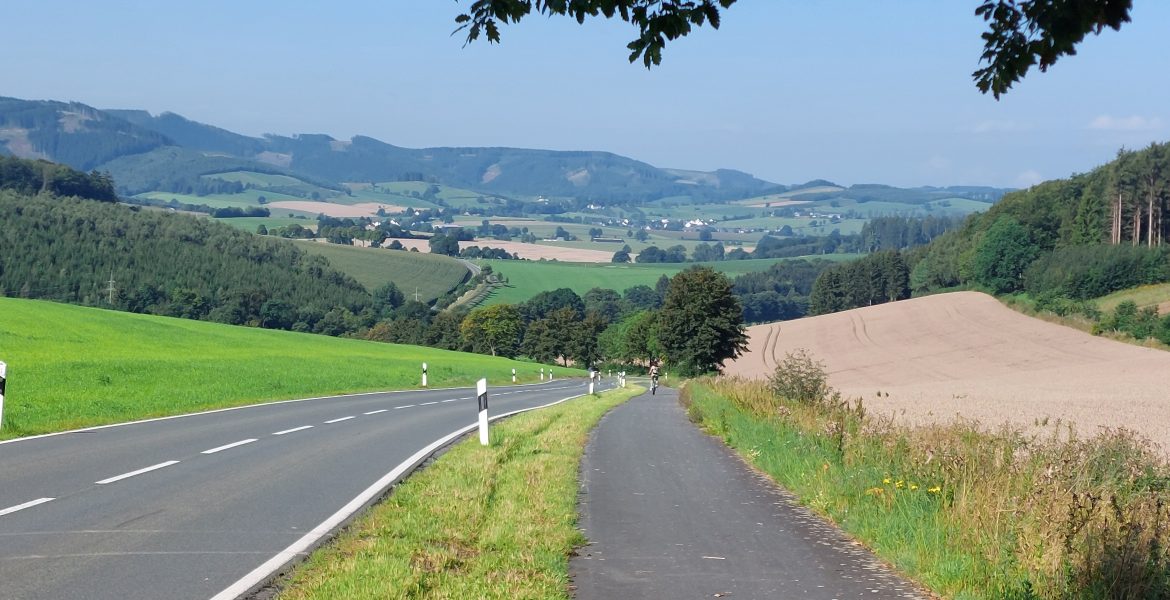
Humans and their economy are self-organizing
If we look at all the highly ordered changes humans affect on their environment, it is obvious that we decrease the entropy of our immediate environment. For example, houses are not a random pile of the constituent materials. The dried clay is in the bricks, not evenly distributed as dust all over the place, mixed with the dust of concrete, glass and other materials as maximum entropy would have it. The bricks themselves are in the walls, not on the floor. Electronics like our smartphones are even more intricately ordered, with lots of different materials (metals, silicon, plastics) each in very specific places and forms in a very small space. In the garden around the house, plants are grouped in specific beddings instead of growing mixed all over the place. Roads don’t swing around randomly and end nowhere, they go as straight as possible to a point of interest. Goods aren’t transported to random places; they are transported to where someone has bought them. And so on.
Our bodies are another example for this, as is all life. Erwin Schrödinger, the famous physicist, observed in his book “What is Life?” (1944) that the buildup of cells and the chemical processes within them (including the production and transport of chemicals) are highly ordered. Only after death, cells approach maximum entropy because all the things get mixed and random reactions take place. Living beings can thus hold back entropy, and thereby death, which can only work if they increase the entropy in their immediate surroundings. For example, animals take food from the environment. Food is more ordered than the heat and refuse they give back to the environment after having digested it. Thereby, the animals increase the entropy of the environment through eating food from it, which allows them to lower the entropy in their bodies without violating the Second Law.
We already expanded on Schrödinger by observing that human beings order not just their bodies, but also what is immediately around them—Halbe’s Razor calls these the “environs” of our body (see Postulate 3). Some animals also do that to a smaller degree, for example by creating burrows. The occurrence which includes a human’s body (or a burrowing animal’s body) and environs is self-organizing. Inevitably, this means even more entropy generated outside of these environs.
Leave a Reply